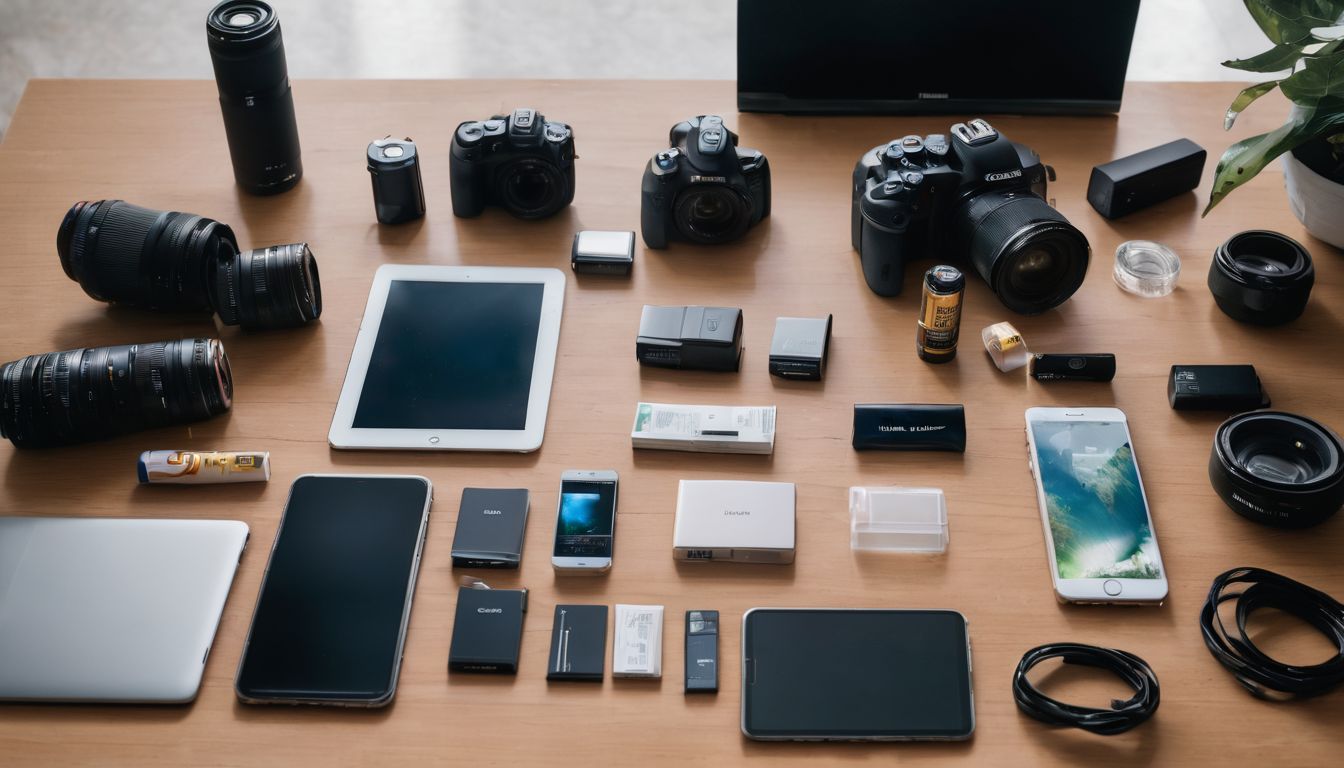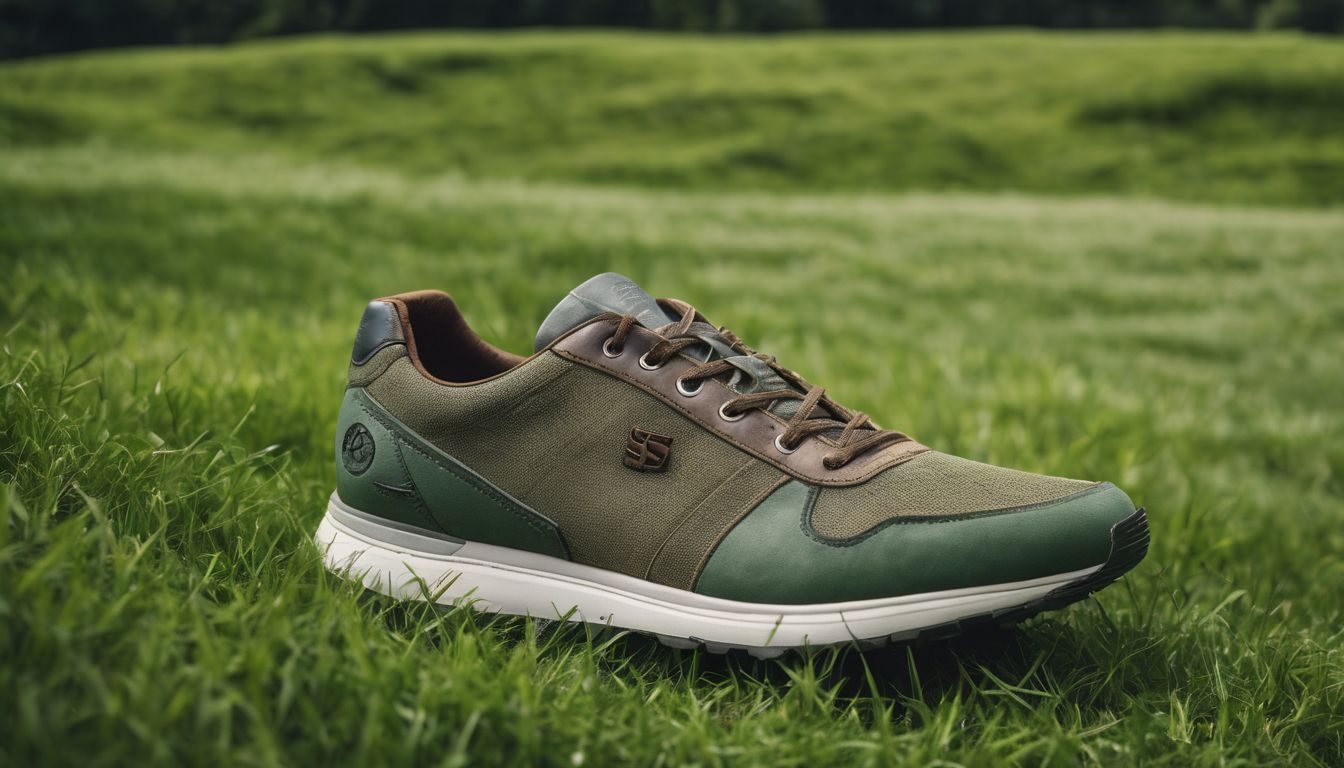Paper or Plastic? Tired of throwing away bag after bag? Well then why don’t you try a reusable bag?! It’s what people were doing for centuries prior to the adoption of the plastic bag in the 1970s, so why not go throwback and bring your own?
BENEFITS FOR THE ENVIRONMENT: Paper bags take up more space in the landfill and remove more trees from the planet, adding to deforestation problems. Plastic bags expend greater energy in their production and are derived from oil, i.e. they are a petroleum product. Biodegradable bags combine the worst of these two, and can only be “composted” in industrial facilities. Reusable bags can come from responsible sources, significantly reducing both waste and energy required for production. Plus, they can be fun!
BENEFITS for Your Wallet: If you’re lucky, your grocery store will give you a small token of compensation (typically 5 cents or so). Some cities have plastic bag taxes, so you will save yourself that expense as well.
BENEFITS for the Community: A decrease in the number of bags distributed reduces the chances for them to go airborne and litter the city or end up in our waters, where they potentially kill wildlife. The cleaner the city, the less tax dollars need to be used to clean it up!
Cost: Low
You can find reusable bags for less than $5. Some places offer bags at a discounted rate when you buy larger quantities, which will lead you to keep different bags for different items (i.e. food, clothing, etc.). The trick here is to actually reuse your bags so you don’t have to keep buying new ones. You should clean you bags regularly if you use them for food items.
Time and Effort: Medium
This will require some getting used to for sure! But with a little patience and effort, you can make the switch and soon enough, you won’t even think twice! You can always keep some bags in your purse, in your car, or on your bike so that you don’t have to always remember and be able to shop on the fly ☺
Materials
If you’re switching from single-use bags to reusable bags because you’re annoyed by the petroleum intake or other harmful environmental impacts, then it’s important not to buy a reusable bag made from the same petroleum sources with the same harmful impacts. These materials are good options for ensuring that your reusable bag is manufactured in a responsible way.
Hemp: The cultivation of hemp is known for its sustainability. It grows well with little water and without herbicides or pesticides. If you are in need of a sturdy and durable bag, hemp may prove to be your material of choice. Hemp fiber is eight times stronger than cotton fiber, so it stretches less and is more durable. It is also hypoallergenic, mold-resistant, and UV ray resistant.
Organic Cotton: Conventional cotton farming ranks second in pesticide use among all crops and uses 25% of the world’s insecticides. The farming of organic cotton eliminates the use of these harmful chemicals, but the cultivation of cotton is still very water intensive. That said, cotton bags are quite versatile. From string bags to canvas bags, you have your variety of choices depending on what you are looking for. While hemp is probably your best bet for durability, organic cotton is your best option for a lightweight bag.
Recycled PET: This fabric is made from post-consumer plastic bottles and containers, helping redirect waste away from landfills. It is a good alternative to nylon and is a bit sturdier, making a more durable bag.
Recycled Cotton: The cotton comes from the scraps acquired during the processes of spinning, weaving, and cutting cotton. As much as 40% of cultivated cotton goes to waste between the harvesting of the crop and the manufacturing of apparel. Instead of ending up in landfills, these scraps are being recycled and put to use. These bags are both lightweight and sturdy.
While there are bags made from other materials, these are the most eco-friendly materials. Bamboo is another option, but it comes with its own controversy. Nonetheless, it is a better option than using new plastic bags and throwing them away with each use. When opting for bags made from recycled materials, be sure to check the percentage of recycled material used. Also remember to look for fair trade and fair labor goods.
Types of bags
Cheap: Reusable bags are all over the place as free giveaways. Visit farmers markets, tabling events, or just ask a staff person at the next store you go to. While these aren’t always the most sturdy, their price is appealing, and they carry the groceries home.
Small: Chico Bags are great if you are concerned over the bulk of the bags. They are lightweight and can be smushed together in a nice little ball to fit in a purse. Plus, they can be quite trendy!
Resourceful: Perhaps one of your roommates hasn’t yet joined the reusable bag revolution, and still comes home with paper and plastic bags. Well in true repurposing spirit, these often make great reusable bags as well!
Designer: If you’d like to make a statement or just look like you’re on the uppity up, then maybe a designer bag is for you. With the significant increase in demand for reusable bags, many artists are trying to stake a claim on the bag market.
Sharing is Caring: Some stores offer a bag exchange program in which they have a box at the front of the store filled with reusable bags. You can grab a bag when you get to the store, and also drop off extra bags later. Don’t worry, these programs wash the bags to prevent diseases and things like that.
The Backpack Approach: This is perhaps my most preferred—it’s just a simple backpack. Granted, it limits the amount of stuff you can buy, but for those short trips, this is perfect. Just remember to take out all of your papers before hand.
DIY: Do you have extra t-shirts lying around? Or some extra cloth? Customize your bag by making it yourself. You can create small bags perfect for veggies, larger bags for general grocers, etc.
Remember Your Bag!
This is easily the biggest hindrance to using reusable bags—it’s just not the highest priority in life! But there are a few tricks you can use to integrate it into your daily shopping routine.
- Keep a stash in a memorable place. Whether it’s your car, below the kitchen sink, next to the car keys, wherever, just define a place and stick with it (unless you find a better place, then switch and stick with that one).
- Use visual cues to help you remember—both to bring your bags from your house to your car, and to bring the bags from the car to the store. Write a note where you typically keep your keys or by the front door. In the car, write a note on the dashboard. If you bike, then this is easy—you most likely will already have the bags on you.
- Alternatively, you can just put the bags in your purse or place your grocery or shopping list in your bags so you will have to remember.
Wash your bag
Just because you’re being “green” (whatever that means), doesn’t mean you have to be dirty. Wash your bags once a week or whenever they just give you a squeamish feeling. Some bags can be thrown in with the laundry, while others will have to be washed by hand.
Tell a friend
Let’s be honest. You switching to reusable bags is not going to change the world. But if you can convince your friends, and they can convince their friends, then we’re talking. You don’t have to patronize, but just being optimistic and high spirited about using the bags sends subtle signals that it’s easy for them to use them too!




